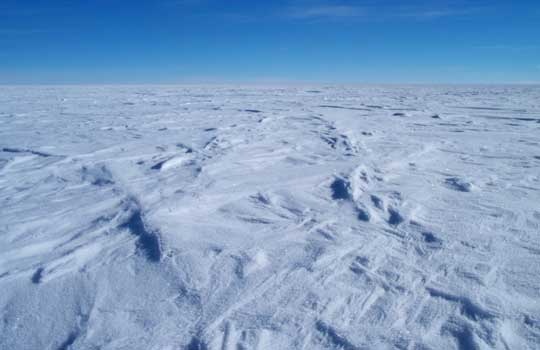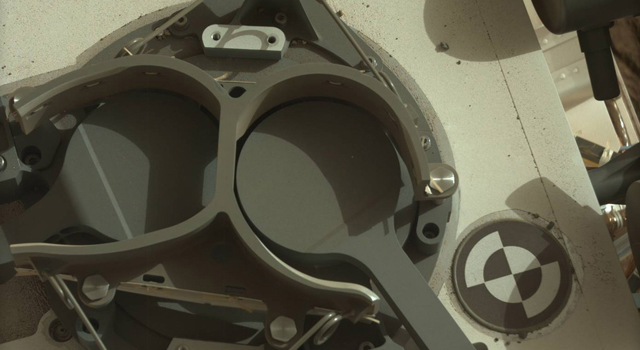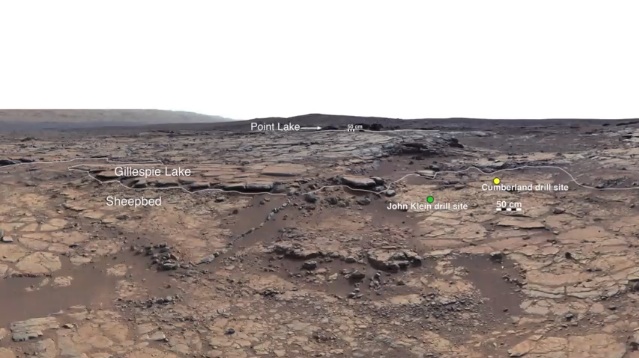

One of a few research teams hoping to find life in Antarctica seems to be a little closer to success. As Discover reports, the researchers at the subglacial Lake Whillans has taken a sample, and preliminary tests say they’ve found life!
Now for the caveat: It’s important to focus on the word preliminary here. Nothing’s conclusive just yet. DNA-sensitive dye made cells in a sample glow green when placed under a microscope, but we’ve seen that sort of thing before: Last year, other Antarctic researchers thought they had found life, only to discover that it was actually bacteria from their own kerosene supplies. Dead cells can show up in the researchers’ test, too, so to make it official, they’ll have to work through more time-intensive tests, where the cells grow.
If the team does discover life, it’s big news for space exploration. The reason so many teams have been clamoring to find life in Antarctica is because the moons of Jupiter and Saturn are similar environments. If we know how to find life in our backyard, we might be able to find it in outer space.







